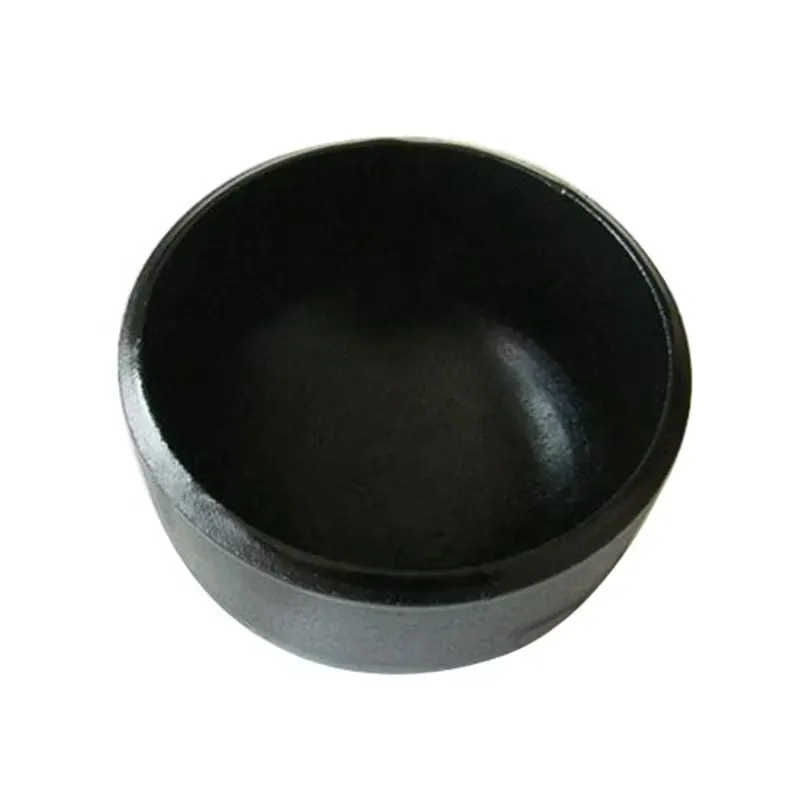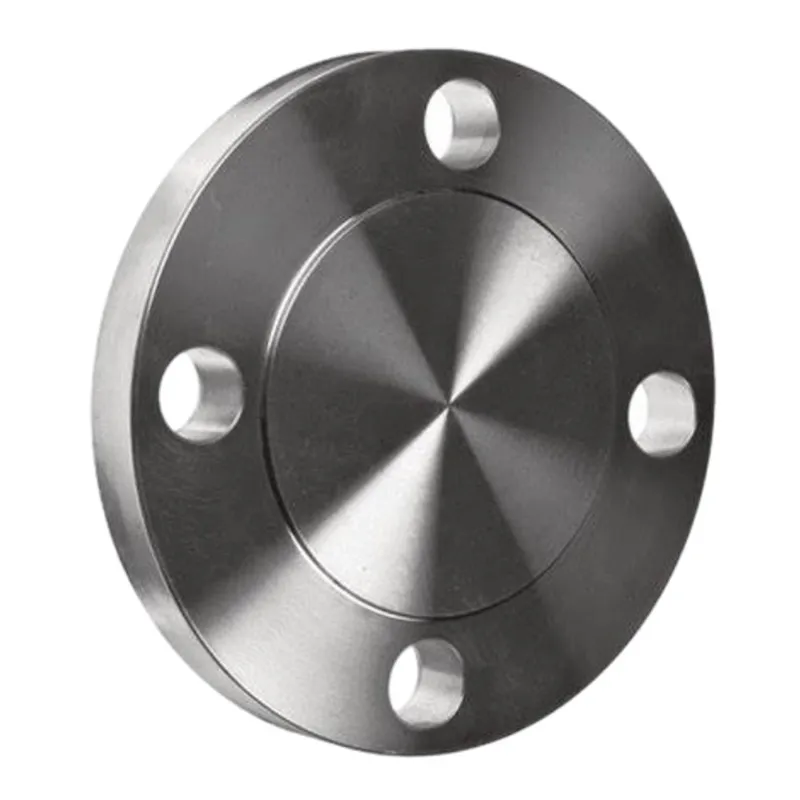-
Cangzhou Yulong Steel Co., Ltd.
-
Phone:
+86 13303177267 -
Email:
admin@ylsteelfittings.com
- English
- Arabic
- Italian
- Spanish
- Portuguese
- German
- kazakh
- Persian
- Greek
- French
- Russian
- Polish
- Thai
- Indonesian
- Vietnamese
- Zulu
- Korean
- Uzbek
- Hindi
- Serbian
- Malay
- Ukrainian
- Gujarati
- Haitian Creole
- hausa
- hawaiian
- Hebrew
- Miao
- Hungarian
- Icelandic
- igbo
- irish
- Japanese
- Javanese
- Kannada
- Khmer
- Rwandese
- Afrikaans
- Albanian
- Amharic
- Armenian
- Azerbaijani
- Basque
- Belarusian
- Bengali
- Bosnian
- Bulgarian
- Catalan
- Cebuano
- China
- China (Taiwan)
- Corsican
- Croatian
- Czech
- Danish
- Esperanto
- Estonian
- Finnish
- Frisian
- Galician
- Georgian
- Kurdish
- Kyrgyz
- Lao
- Latin
- Latvian
- Lithuanian
- Luxembourgish
- Macedonian
- Malgashi
- Malayalam
- Maltese
- Maori
- Marathi
- Mongolian
- Myanmar
- Nepali
- Norwegian
- Norwegian
- Occitan
- Pashto
- Dutch
- Punjabi
- Romanian
- Samoan
- Scottish Gaelic
- Sesotho
- Shona
- Sindhi
- Sinhala
- Slovak
- Slovenian
- Somali
- Sundanese
- Swahili
- Swedish
- Tagalog
- Tajik
- Tamil
- Tatar
- Telugu
- Turkish
- Turkmen
- Urdu
- Uighur
- Welsh
- Bantu
- Yiddish
- Yoruba

Jan . 29, 2025 04:33 Back to list
EN10253 BUTT-WELDING FITTINGS Equal Tee/Reducing Tee
Welding round pipes effectively requires not only a good understanding of the materials but also precision and expertise. This intricate process, often seen in industries ranging from construction to automotive, involves joining round sections of metal to create sturdy, reliable structures. The challenge of welding round pipes is compounded by their shape, which can cause complications such as inconsistent heat distribution and difficulty in achieving uniform welds.
Heat distribution is another critical factor to consider. Round pipes, especially those with larger diameters, can suffer from uneven heating, which might lead to distortion or weak seams. Preheating the pipe before welding can mitigate this risk, ensuring that the entire pipe is at a uniform temperature when welding begins. Equally, post-weld heat treatment may be necessary for high-stress applications, further strengthening the pipe and prolonging its service life. Expert welders understand the significance of compliance and certification. Adhering to established standards such as those set by the American Welding Society (AWS) can greatly enhance the reliability of a welded round pipe. Certified welders often exhibit a higher level of skill, backed by documented training and experience. This professional assurance is particularly vital in sectors where safety and reliability are paramount. Finally, consistent inspection and testing should not be overlooked. Non-destructive testing (NDT) methods, such as ultrasonic or radiographic testing, can reveal internal flaws invisible to the naked eye. These tests provide a layer of confidence that the welded pipe meets all necessary specifications and safety standards. In summary, the successful welding of round pipes is a meticulous process that hinges on preparation, technique, and quality assurance. By prioritizing these aspects, professionals can produce welds that not only meet but exceed industry standards, establishing a benchmark for excellence and safety in the fabrication of round pipes.


Heat distribution is another critical factor to consider. Round pipes, especially those with larger diameters, can suffer from uneven heating, which might lead to distortion or weak seams. Preheating the pipe before welding can mitigate this risk, ensuring that the entire pipe is at a uniform temperature when welding begins. Equally, post-weld heat treatment may be necessary for high-stress applications, further strengthening the pipe and prolonging its service life. Expert welders understand the significance of compliance and certification. Adhering to established standards such as those set by the American Welding Society (AWS) can greatly enhance the reliability of a welded round pipe. Certified welders often exhibit a higher level of skill, backed by documented training and experience. This professional assurance is particularly vital in sectors where safety and reliability are paramount. Finally, consistent inspection and testing should not be overlooked. Non-destructive testing (NDT) methods, such as ultrasonic or radiographic testing, can reveal internal flaws invisible to the naked eye. These tests provide a layer of confidence that the welded pipe meets all necessary specifications and safety standards. In summary, the successful welding of round pipes is a meticulous process that hinges on preparation, technique, and quality assurance. By prioritizing these aspects, professionals can produce welds that not only meet but exceed industry standards, establishing a benchmark for excellence and safety in the fabrication of round pipes.
Latest news
-
ANSI 150P SS304 SO FLANGE
NewsFeb.14,2025
-
ASTM A333GR6 STEEL PIPE
NewsJan.20,2025
-
ANSI B16.5 WELDING NECK FLANGE
NewsJan.15,2026
-
ANSI B16.5 SLIP-ON FLANGE
NewsApr.19,2024
-
SABS 1123 FLANGE
NewsJan.15,2025
-
DIN86044 PLATE FLANGE
NewsApr.19,2024
-
DIN2527 BLIND FLANGE
NewsApr.12,2024
-
JIS B2311 Butt-Welding Fittings LR/SR 45°/90° /180°Seamless/Weld
NewsApr.23,2024











